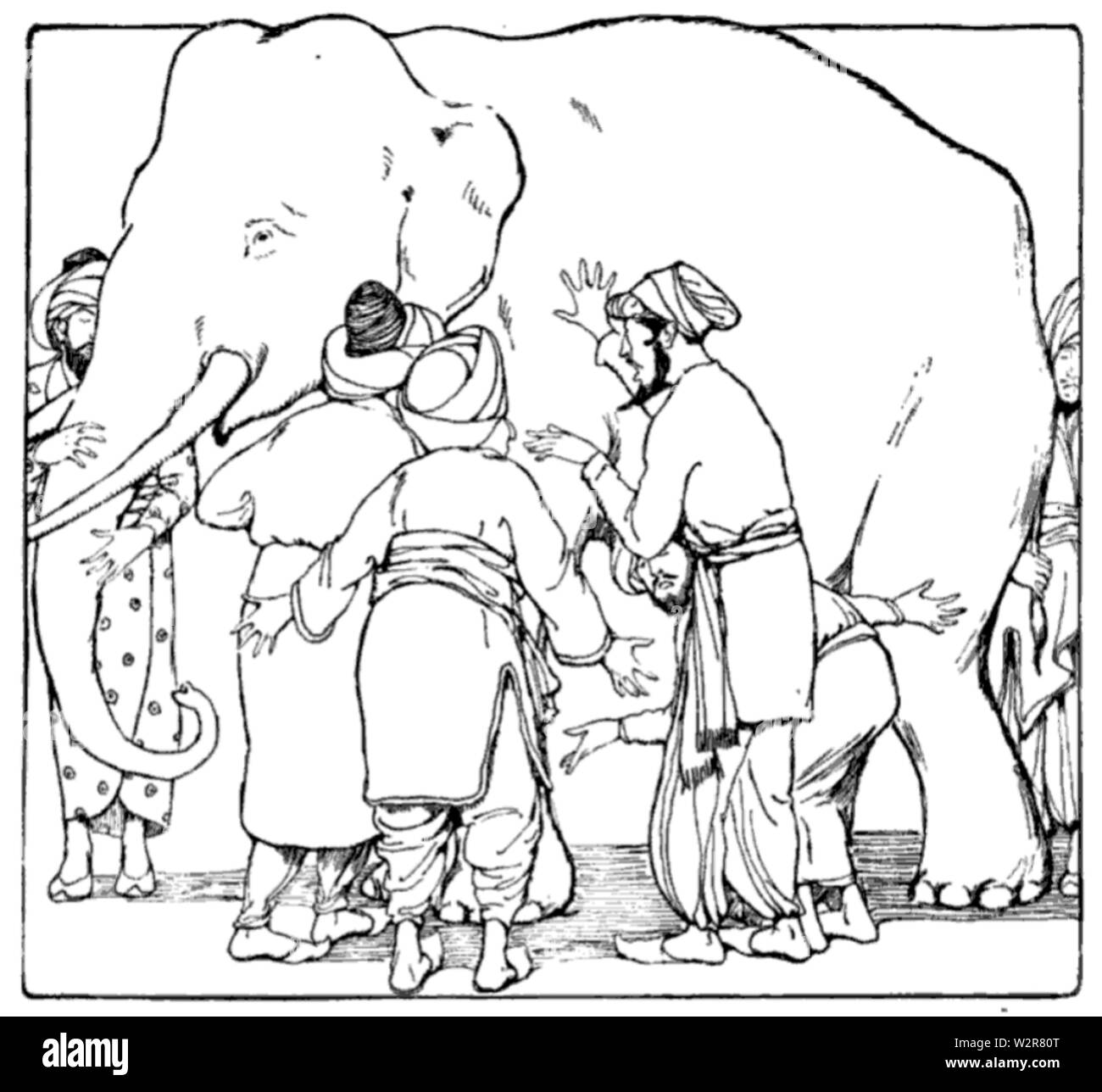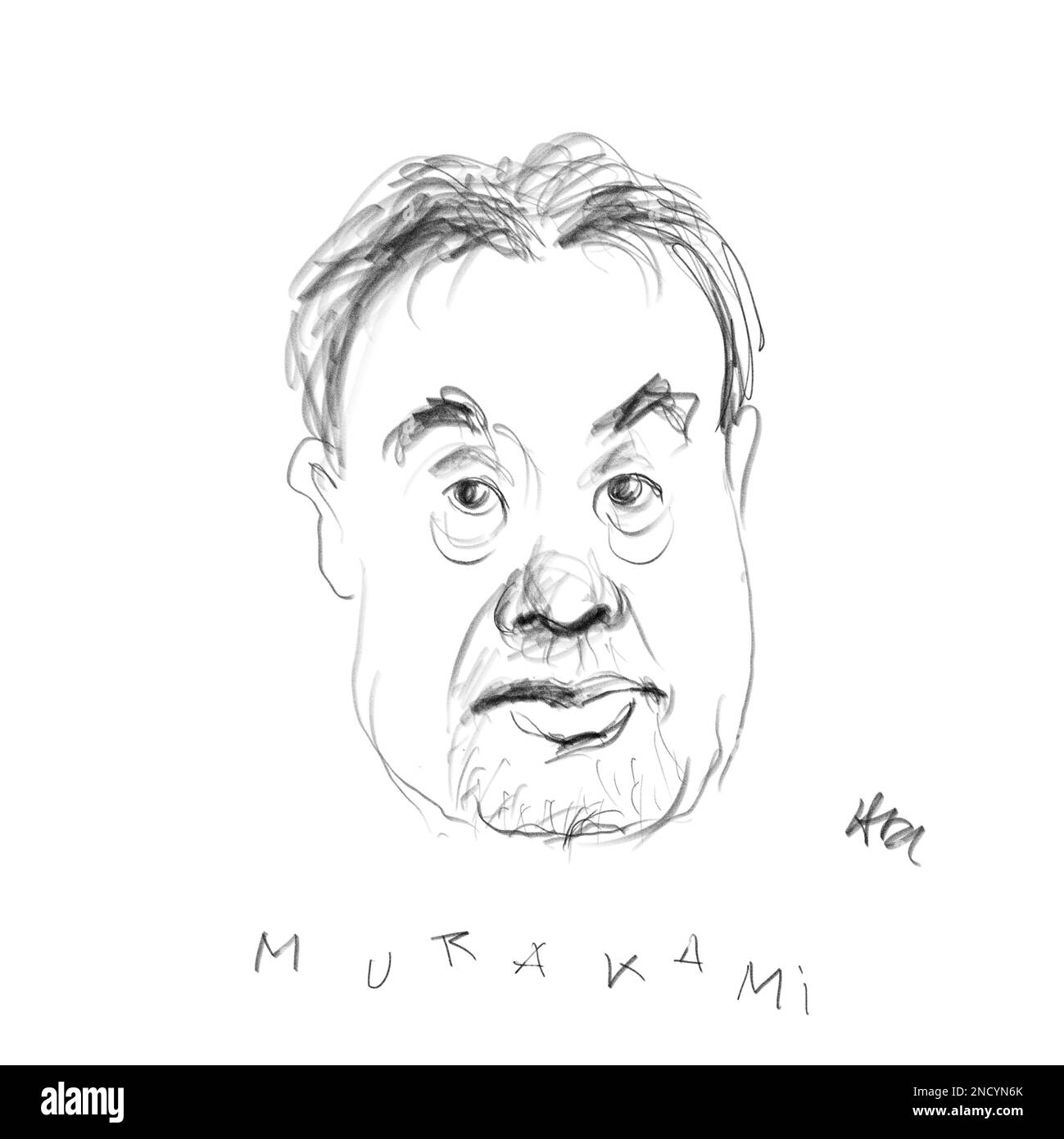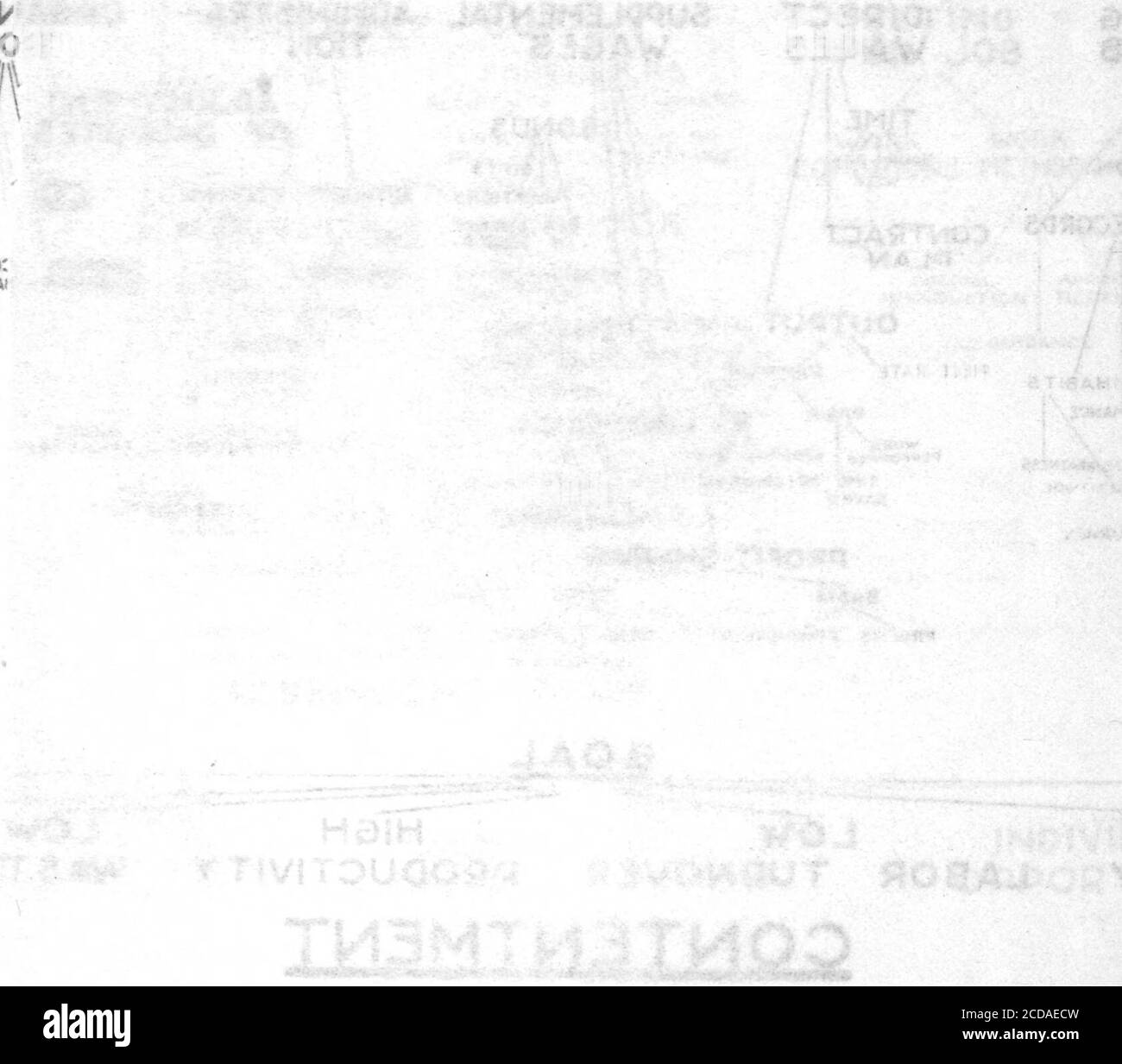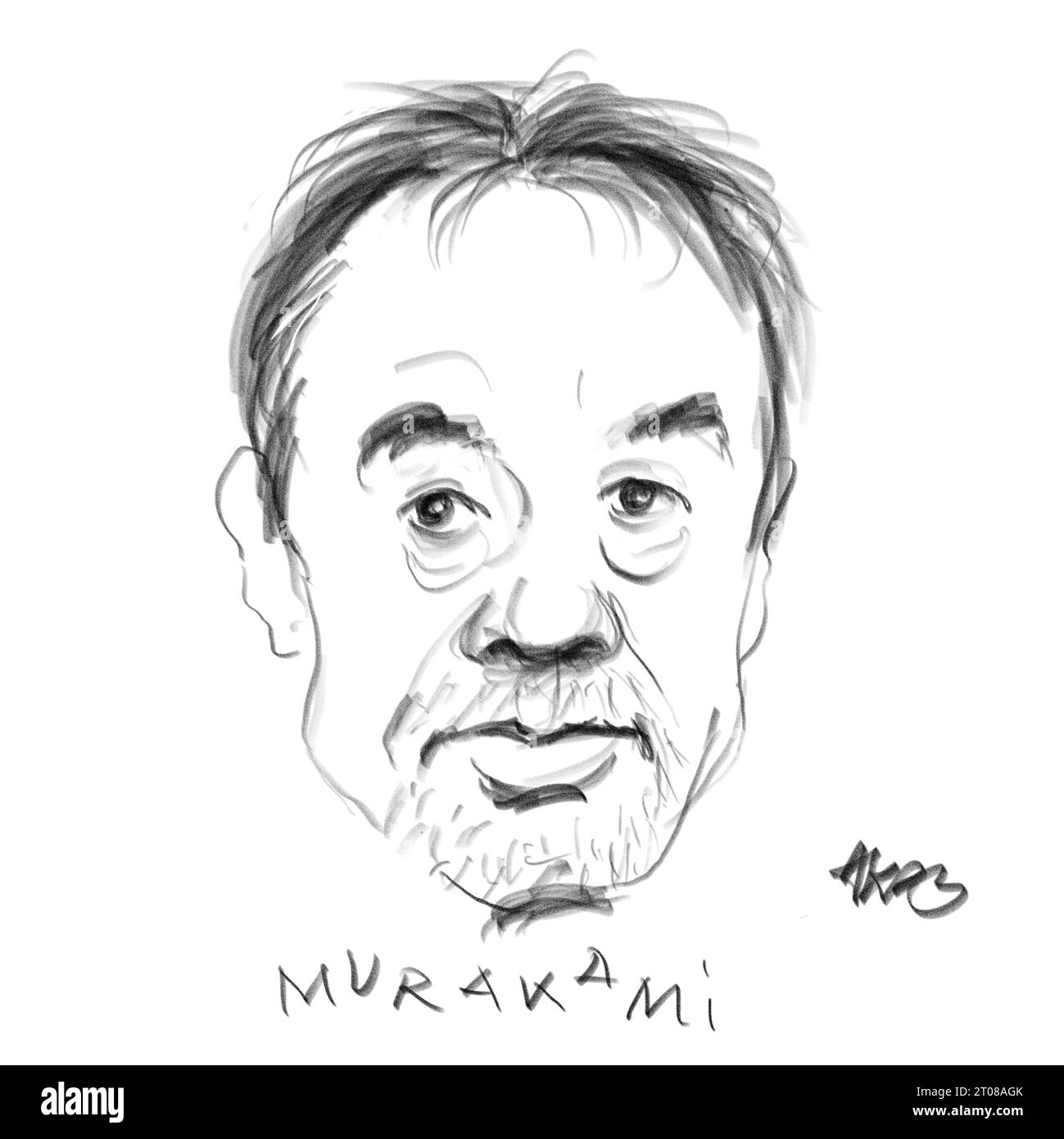Blind men elephant Black & White Stock Photos
 Blind men and elephant Stock Photohttps://www.alamy.com/image-license-details/?v=1https://www.alamy.com/blind-men-and-elephant-image259896024.html
Blind men and elephant Stock Photohttps://www.alamy.com/image-license-details/?v=1https://www.alamy.com/blind-men-and-elephant-image259896024.htmlRMW2R80T–Blind men and elephant
 Nelson and the signal, Battle of Copenhagen, 1801. Artist: Unknown Stock Photohttps://www.alamy.com/image-license-details/?v=1https://www.alamy.com/nelson-and-the-signal-battle-of-copenhagen-1801-artist-unknown-image262748087.html
Nelson and the signal, Battle of Copenhagen, 1801. Artist: Unknown Stock Photohttps://www.alamy.com/image-license-details/?v=1https://www.alamy.com/nelson-and-the-signal-battle-of-copenhagen-1801-artist-unknown-image262748087.htmlRMW7D5T7–Nelson and the signal, Battle of Copenhagen, 1801. Artist: Unknown
 Cartoon - The Blind Men and the Elephant. John Collins (1917-2007) Stock Photohttps://www.alamy.com/image-license-details/?v=1https://www.alamy.com/cartoon-the-blind-men-and-the-elephant-john-collins-1917-2007-image600292613.html
Cartoon - The Blind Men and the Elephant. John Collins (1917-2007) Stock Photohttps://www.alamy.com/image-license-details/?v=1https://www.alamy.com/cartoon-the-blind-men-and-the-elephant-john-collins-1917-2007-image600292613.htmlRM2WTHK9W–Cartoon - The Blind Men and the Elephant. John Collins (1917-2007)
 Portrait of the Author Murakami Stock Photohttps://www.alamy.com/image-license-details/?v=1https://www.alamy.com/portrait-of-the-author-murakami-image524296267.html
Portrait of the Author Murakami Stock Photohttps://www.alamy.com/image-license-details/?v=1https://www.alamy.com/portrait-of-the-author-murakami-image524296267.htmlRF2NCYN6K–Portrait of the Author Murakami
 . Elements of the labor problem . Elements of the Labor Problem. The old fable The Blind Men and the Elephant points alesson applicable to the subject under discussion. Six blind men of Hindostan agreed to describe the shape ofan elephant from the impressions gained by touching him. Thefirst came in contact with the elephants broad, sturdy side, andwas sure he was very like a wall. The second felt his tusk, andthought him like a spear. The third grasped him by the trunkand declared he was like a snake. The fourth got hold of hisknee and therefore imagined he was like a tree. The fifthtouched h Stock Photohttps://www.alamy.com/image-license-details/?v=1https://www.alamy.com/elements-of-the-labor-problem-elements-of-the-labor-problem-the-old-fable-the-blind-men-and-the-elephant-points-alesson-applicable-to-the-subject-under-discussion-six-blind-men-of-hindostan-agreed-to-describe-the-shape-ofan-elephant-from-the-impressions-gained-by-touching-him-thefirst-came-in-contact-with-the-elephants-broad-sturdy-side-andwas-sure-he-was-very-like-a-wall-the-second-felt-his-tusk-andthought-him-like-a-spear-the-third-grasped-him-by-the-trunkand-declared-he-was-like-a-snake-the-fourth-got-hold-of-hisknee-and-therefore-imagined-he-was-like-a-tree-the-fifthtouched-h-image369639113.html
. Elements of the labor problem . Elements of the Labor Problem. The old fable The Blind Men and the Elephant points alesson applicable to the subject under discussion. Six blind men of Hindostan agreed to describe the shape ofan elephant from the impressions gained by touching him. Thefirst came in contact with the elephants broad, sturdy side, andwas sure he was very like a wall. The second felt his tusk, andthought him like a spear. The third grasped him by the trunkand declared he was like a snake. The fourth got hold of hisknee and therefore imagined he was like a tree. The fifthtouched h Stock Photohttps://www.alamy.com/image-license-details/?v=1https://www.alamy.com/elements-of-the-labor-problem-elements-of-the-labor-problem-the-old-fable-the-blind-men-and-the-elephant-points-alesson-applicable-to-the-subject-under-discussion-six-blind-men-of-hindostan-agreed-to-describe-the-shape-ofan-elephant-from-the-impressions-gained-by-touching-him-thefirst-came-in-contact-with-the-elephants-broad-sturdy-side-andwas-sure-he-was-very-like-a-wall-the-second-felt-his-tusk-andthought-him-like-a-spear-the-third-grasped-him-by-the-trunkand-declared-he-was-like-a-snake-the-fourth-got-hold-of-hisknee-and-therefore-imagined-he-was-like-a-tree-the-fifthtouched-h-image369639113.htmlRM2CDAECW–. Elements of the labor problem . Elements of the Labor Problem. The old fable The Blind Men and the Elephant points alesson applicable to the subject under discussion. Six blind men of Hindostan agreed to describe the shape ofan elephant from the impressions gained by touching him. Thefirst came in contact with the elephants broad, sturdy side, andwas sure he was very like a wall. The second felt his tusk, andthought him like a spear. The third grasped him by the trunkand declared he was like a snake. The fourth got hold of hisknee and therefore imagined he was like a tree. The fifthtouched h
 Portrait of Haruki Murakami Stock Photohttps://www.alamy.com/image-license-details/?v=1https://www.alamy.com/portrait-of-haruki-murakami-image568126067.html
Portrait of Haruki Murakami Stock Photohttps://www.alamy.com/image-license-details/?v=1https://www.alamy.com/portrait-of-haruki-murakami-image568126067.htmlRF2T08AGK–Portrait of Haruki Murakami
 Cartoon - The Not-So-Blind Men and the Elephant. John Collins (1917-2007) Stock Photohttps://www.alamy.com/image-license-details/?v=1https://www.alamy.com/cartoon-the-not-so-blind-men-and-the-elephant-john-collins-1917-2007-image600300685.html
Cartoon - The Not-So-Blind Men and the Elephant. John Collins (1917-2007) Stock Photohttps://www.alamy.com/image-license-details/?v=1https://www.alamy.com/cartoon-the-not-so-blind-men-and-the-elephant-john-collins-1917-2007-image600300685.htmlRM2WTJ1J5–Cartoon - The Not-So-Blind Men and the Elephant. John Collins (1917-2007)
 Blind Men Appraising an Elephant Ohara Donshu (Japanese, 1792-1857). Blind Men Appraising an Elephant, early 19th century. Ink and colors on paper, Overall: 92 x 46 1/2 in. (233.7 x 118.1 cm). Asian Art early 19th century Stock Photohttps://www.alamy.com/image-license-details/?v=1https://www.alamy.com/blind-men-appraising-an-elephant-ohara-donshu-japanese-1792-1857-blind-men-appraising-an-elephant-early-19th-century-ink-and-colors-on-paper-overall-92-x-46-12-in-2337-x-1181-cm-asian-art-early-19th-century-image504699724.html
Blind Men Appraising an Elephant Ohara Donshu (Japanese, 1792-1857). Blind Men Appraising an Elephant, early 19th century. Ink and colors on paper, Overall: 92 x 46 1/2 in. (233.7 x 118.1 cm). Asian Art early 19th century Stock Photohttps://www.alamy.com/image-license-details/?v=1https://www.alamy.com/blind-men-appraising-an-elephant-ohara-donshu-japanese-1792-1857-blind-men-appraising-an-elephant-early-19th-century-ink-and-colors-on-paper-overall-92-x-46-12-in-2337-x-1181-cm-asian-art-early-19th-century-image504699724.htmlRM2M931J4–Blind Men Appraising an Elephant Ohara Donshu (Japanese, 1792-1857). Blind Men Appraising an Elephant, early 19th century. Ink and colors on paper, Overall: 92 x 46 1/2 in. (233.7 x 118.1 cm). Asian Art early 19th century
 Blind Men Appraising an Elephant Ohara Donshu (Japanese, 1792-1857). Blind Men Appraising an Elephant, early 19th century. Ink and colors on paper, Overall: 92 x 46 1/2 in. (233.7 x 118.1 cm). Asian Art early 19th century Stock Photohttps://www.alamy.com/image-license-details/?v=1https://www.alamy.com/blind-men-appraising-an-elephant-ohara-donshu-japanese-1792-1857-blind-men-appraising-an-elephant-early-19th-century-ink-and-colors-on-paper-overall-92-x-46-12-in-2337-x-1181-cm-asian-art-early-19th-century-image504699747.html
Blind Men Appraising an Elephant Ohara Donshu (Japanese, 1792-1857). Blind Men Appraising an Elephant, early 19th century. Ink and colors on paper, Overall: 92 x 46 1/2 in. (233.7 x 118.1 cm). Asian Art early 19th century Stock Photohttps://www.alamy.com/image-license-details/?v=1https://www.alamy.com/blind-men-appraising-an-elephant-ohara-donshu-japanese-1792-1857-blind-men-appraising-an-elephant-early-19th-century-ink-and-colors-on-paper-overall-92-x-46-12-in-2337-x-1181-cm-asian-art-early-19th-century-image504699747.htmlRM2M931JY–Blind Men Appraising an Elephant Ohara Donshu (Japanese, 1792-1857). Blind Men Appraising an Elephant, early 19th century. Ink and colors on paper, Overall: 92 x 46 1/2 in. (233.7 x 118.1 cm). Asian Art early 19th century